No-code AI platforms are transforming the way individuals and businesses develop artificial intelligence solutions. These platforms eliminate the need for traditional programming knowledge, allowing users to create, train, and deploy AI models through intuitive graphical interfaces. The democratization of AI development means that marketers, business analysts, educators, and entrepreneurs can leverage sophisticated machine learning tools without writing a single line of code.
Why No-Code AI Is a Game-Changer
In the past, building an AI model required a deep understanding of programming languages like Python and frameworks like TensorFlow or PyTorch. No-code AI platforms change that by offering drag-and-drop features, pre-built templates, and guided workflows. This drastically reduces development time and cost, making AI accessible to a much broader audience.
No-code platforms empower users to solve real-world problems quickly. Whether it's predicting customer churn, automating customer service with AI chatbots, or analyzing business data, these tools make AI development approachable and scalable.
Key Features of No-Code AI Platforms
Most no-code AI platforms come with a standard set of features designed to simplify the process of creating intelligent solutions. These include:
- Visual Workflow Designers: Create AI pipelines using intuitive drag-and-drop tools.
- Pre-Trained Models: Use or customize existing models for tasks like image recognition, sentiment analysis, and text classification.
- Data Connectors: Seamlessly integrate with databases, APIs, and third-party tools.
- Automated Machine Learning (AutoML): Platforms often include tools that automatically select the best models and parameters for your data.
- Real-Time Deployment: Once trained, models can be deployed instantly via API or embedded directly into web and mobile applications.
Popular No-Code AI Platforms
1. Google AutoML
Google's suite of AutoML tools allows users to train custom models with minimal effort. It supports image, text, and tabular data, and integrates tightly with Google Cloud.
2. Microsoft Power Platform (AI Builder)
Microsoft's AI Builder is part of the Power Platform ecosystem and allows users to embed AI in their apps using prebuilt or custom models. It works seamlessly with tools like Power Apps and Power Automate.
3. Peltarion
Peltarion offers a collaborative AI platform focused on deep learning. It provides tools for model building, training, and deployment without the need for coding.
4. Lobe
Lobe by Microsoft is a free, easy-to-use tool that lets users build machine learning models using visual interfaces. It's especially popular for image classification tasks.
5. Obviously.AI
Obviously.AI focuses on business users and provides a fast way to build predictive models using structured data. Its user-friendly interface is designed for non-technical users.
Benefits for Businesses
No-code AI platforms offer substantial benefits for businesses of all sizes:
- Faster Time-to-Market: Solutions can be built and deployed in a fraction of the time.
- Cost-Efficiency: Eliminates the need for large development teams or data science expertise.
- Scalability: Easily iterate and scale AI solutions based on business needs.
- Empowered Teams: Non-technical teams can create AI-driven tools, reducing reliance on IT.
Use Cases in Various Industries
Retail
Retailers use no-code AI for demand forecasting, recommendation engines, and customer segmentation. AI models can analyze purchasing behavior and optimize inventory in real time.
Healthcare
In healthcare, no-code platforms enable medical professionals to predict patient outcomes, classify images (like X-rays), and automate administrative tasks.
Finance
Financial institutions use AI models for fraud detection, credit scoring, and customer service automation.
Marketing
Marketers leverage predictive analytics to refine campaigns, segment audiences, and personalize content without needing a developer.
Challenges and Considerations
While no-code AI platforms are powerful, there are limitations to consider:
- Limited Customization: Advanced users may find the lack of flexibility limiting compared to code-based environments.
- Data Privacy: Sensitive data needs to be handled with care, especially when using cloud-based platforms.
- Model Interpretability: Not all platforms provide transparent explanations of how models make decisions.
-
Future of No-Code AI
The future of no-code AI is promising. As platforms become more sophisticated, we can expect better model accuracy, increased automation, and more integration options. The rise of edge computing and low-code/no-code DevOps will further enhance the reach of AI applications.
No-code AI is becoming a vital part of digital transformation strategies across industries. By lowering the barrier to entry, these platforms are set to unlock innovation at unprecedented levels.
Key Takeaways
- No-code AI platforms allow anyone to build AI applications without programming.
- These tools offer features like AutoML, visual builders, and real-time deployment.
- They're ideal for use cases in retail, healthcare, finance, and marketing.
- While limitations exist, no-code AI is rapidly evolving and will play a significant role in the future of technology.
Our Opinion
As AI becomes more embedded in everyday business processes, no-code AI platforms are essential tools for innovation and agility. Whether you're a startup looking to streamline operations or a large enterprise wanting to empower your non-technical teams, embracing no-code AI can give you a competitive edge. If you're interested in exploring how no-code AI can benefit your organization or need help choosing the right platform, feel free to contact us today.




.avif)


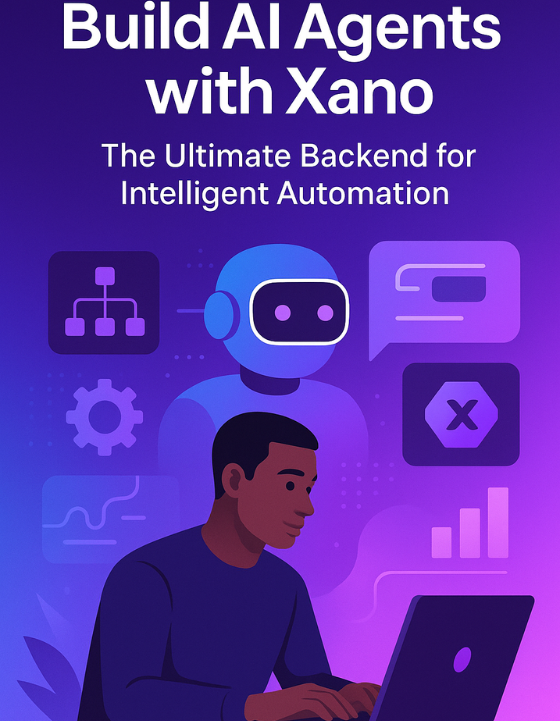
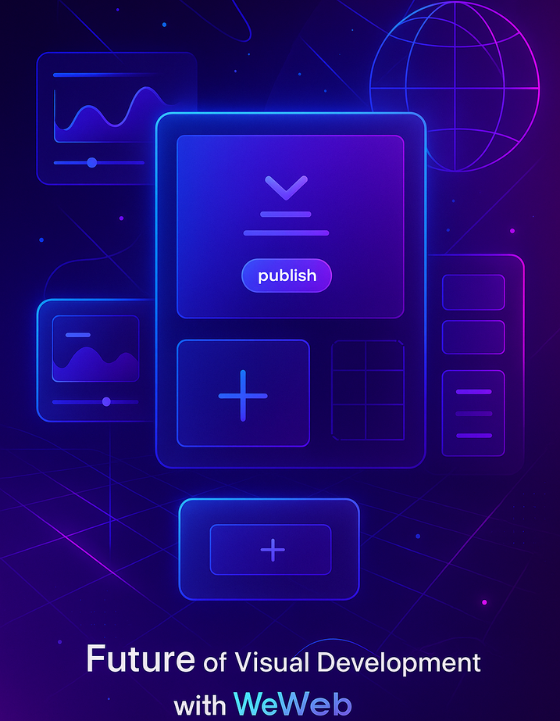
.png)
.png)
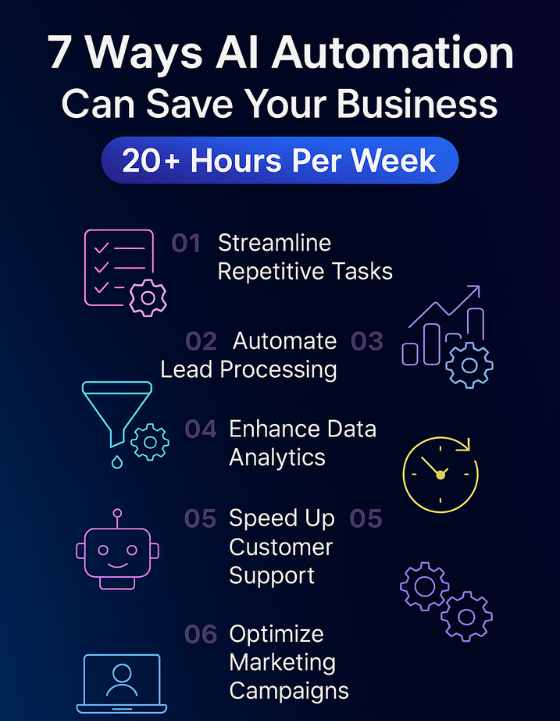
.jpg)
.jpg)
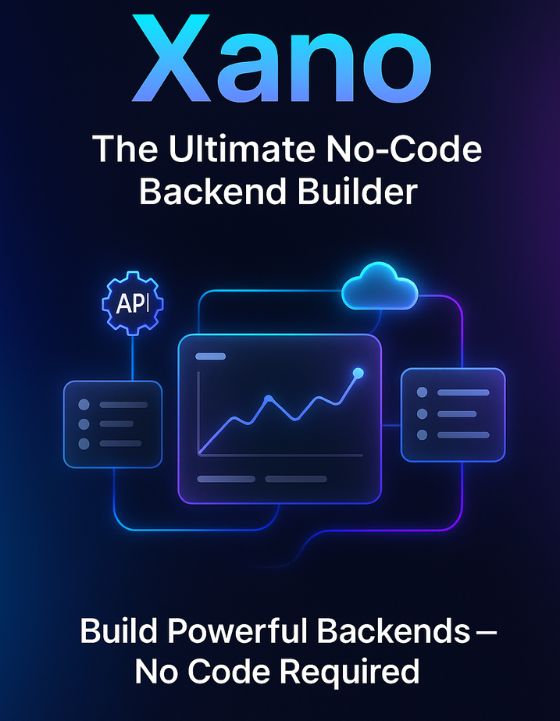
.png)
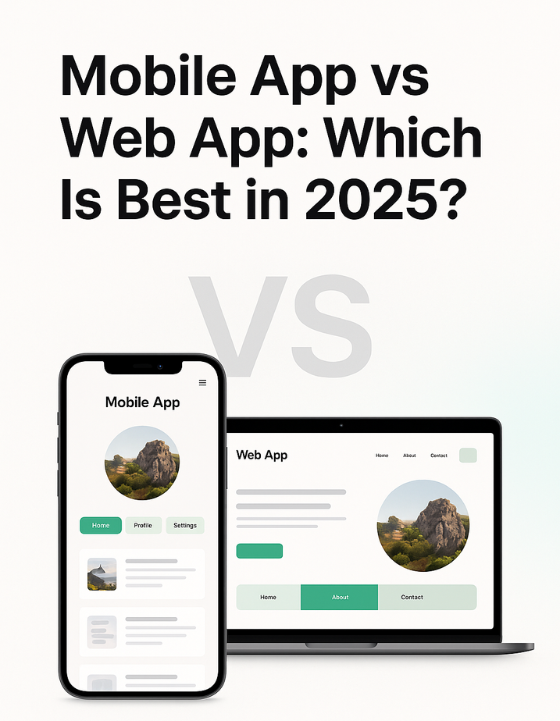
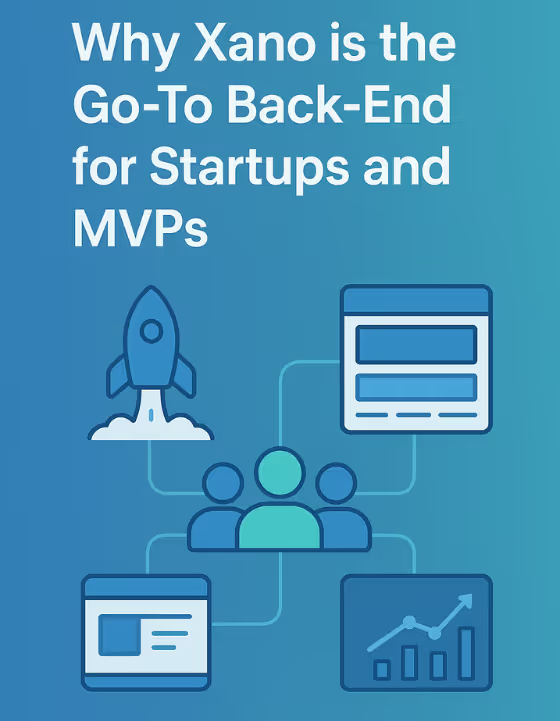



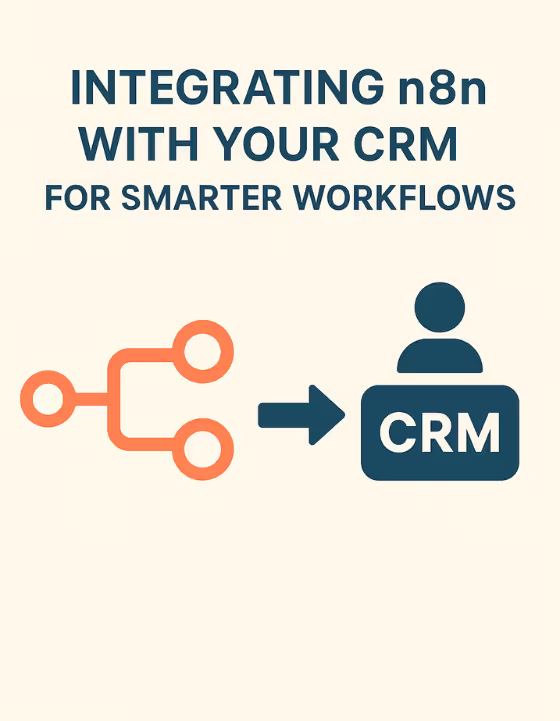
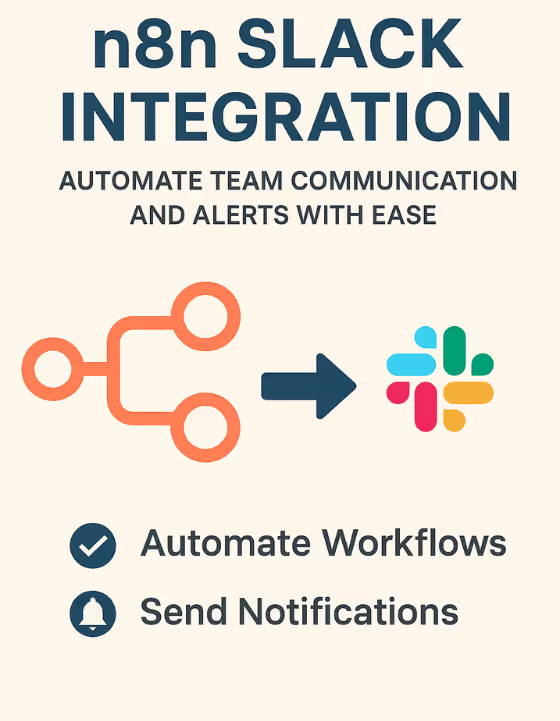




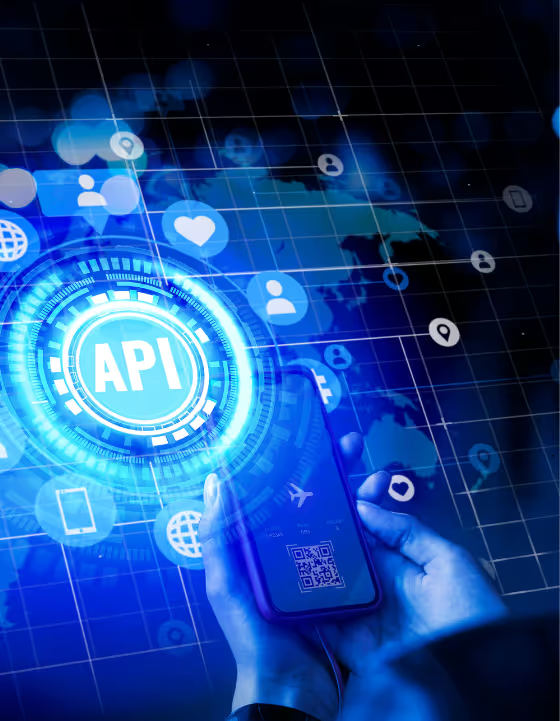








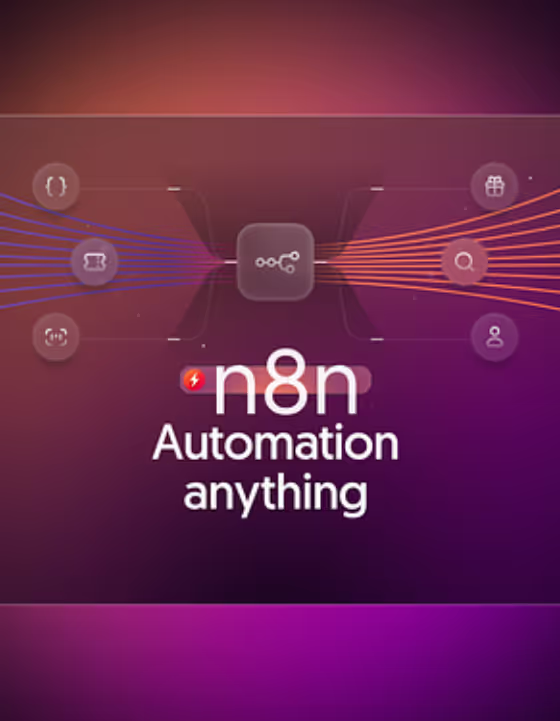


.avif)






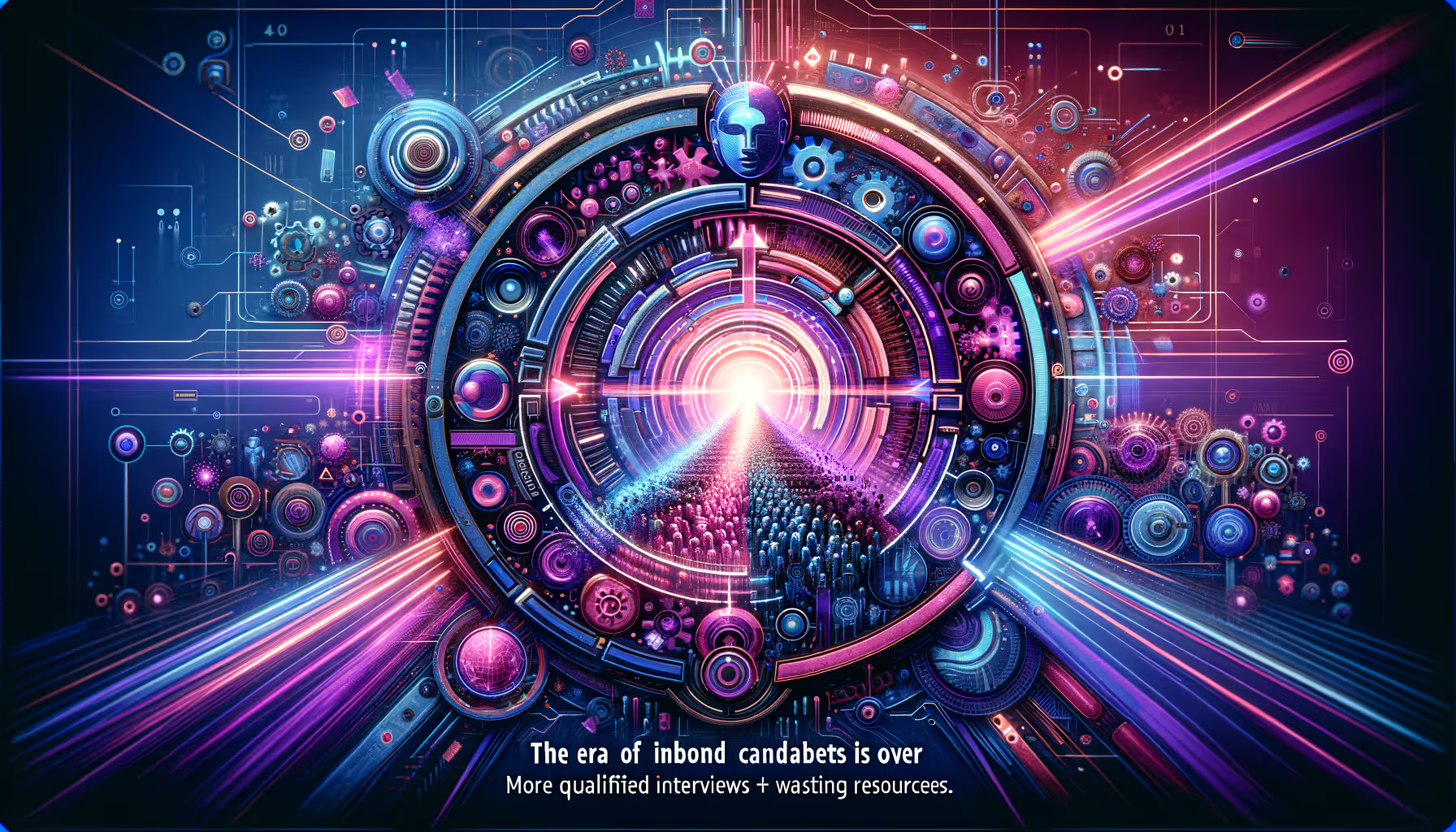

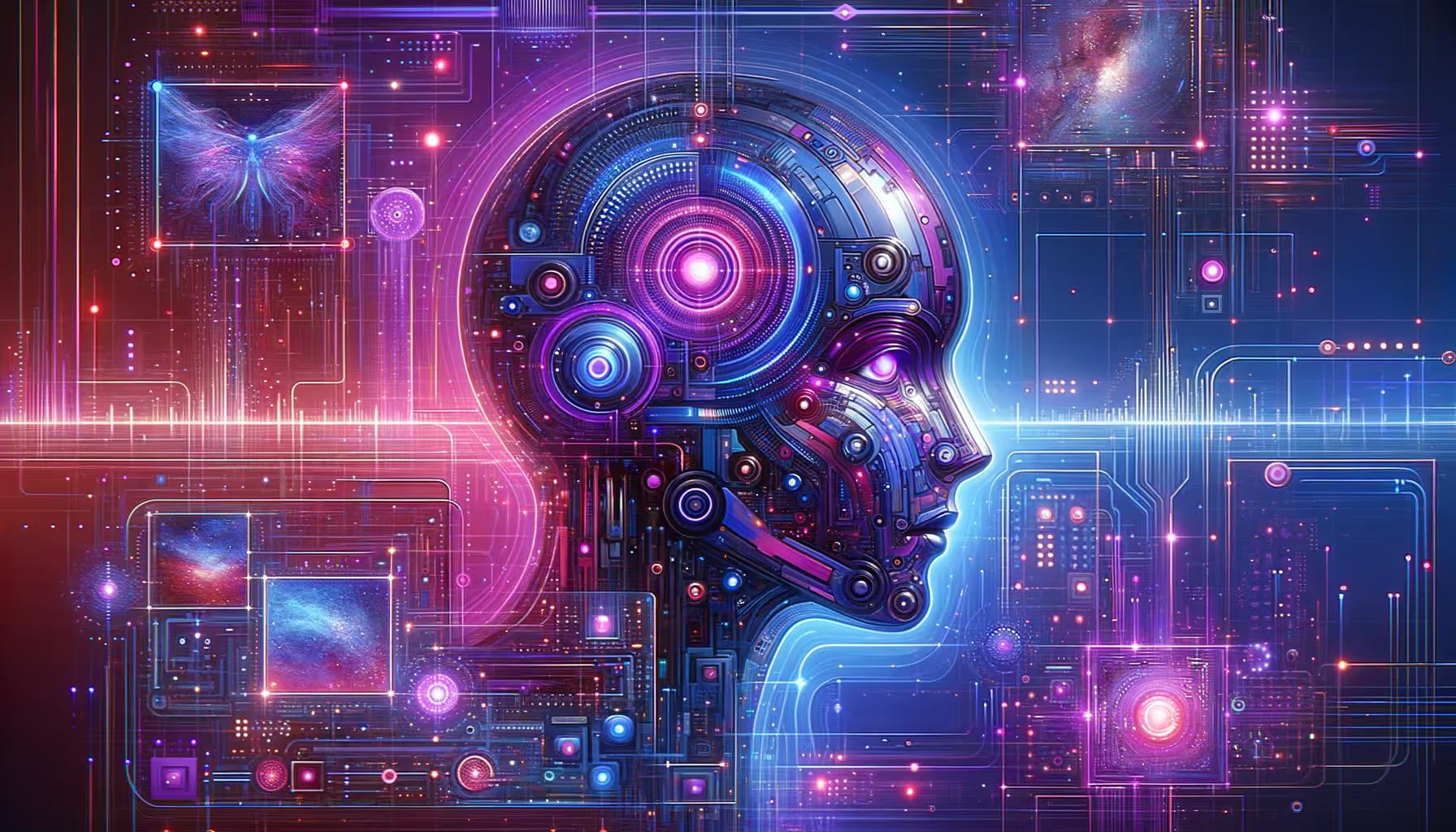














.avif)














.avif)

.webp)





